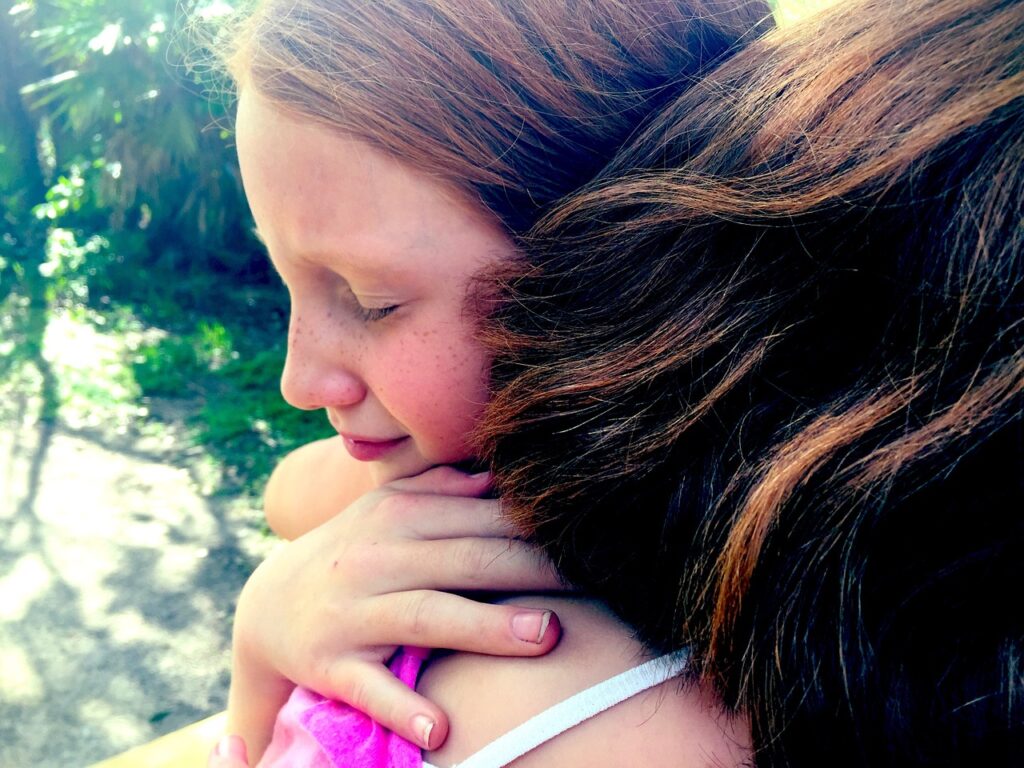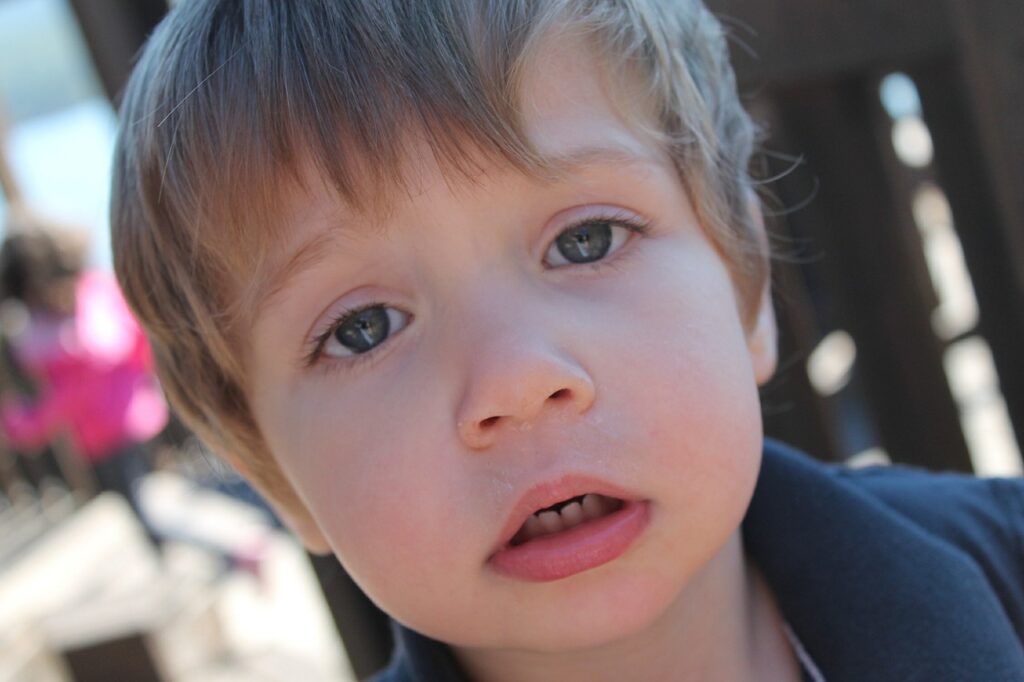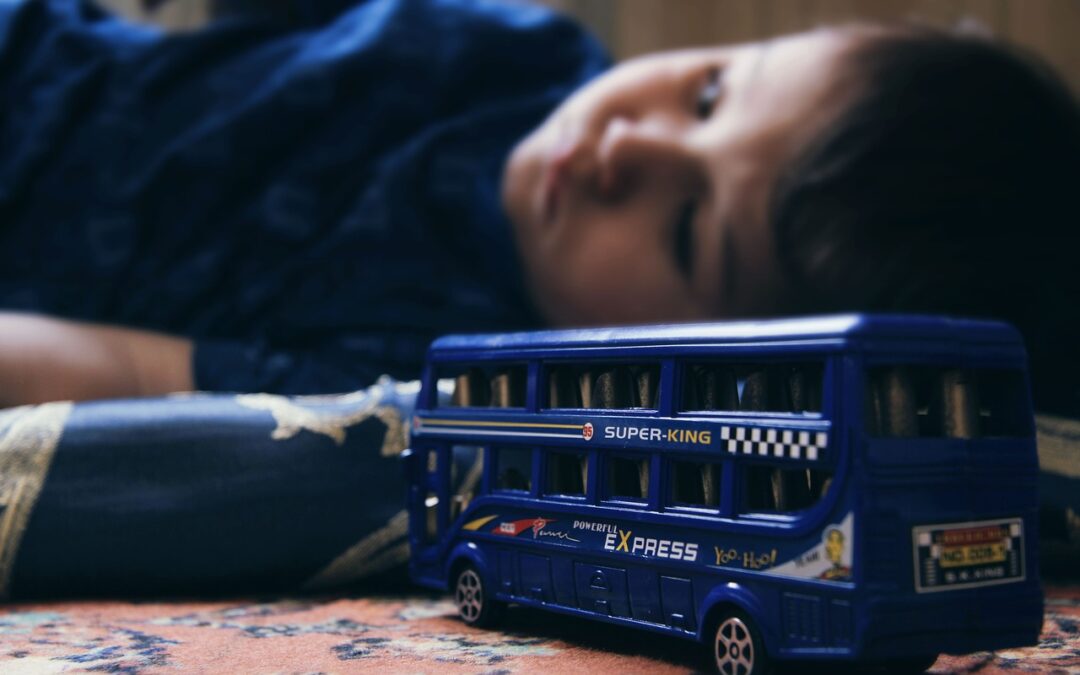A depressive disorder is classified as a mood (affective) disorder. It is a group of mental disorders characterized by the occurrence of extreme mood swings throughout life in the form of episodes of depression, mania or hypomania.
In the current ICD-10 classification there is a division into unipolar and bipolar mood disorders. In all of them, one component is depression.
When we say, “I’m depressed,” we usually mean that we’re just sad, depressed. On the other hand, from the medical point of view, it is a group of symptoms that include the emotional sphere, behaviour and cognitive functioning. It can also be associated with somatic symptoms.
How common are depressive disorder in children and adolescents?

Depression is actually found in 2% of children (girls and boys are equally affected) and even in 8% of adolescents (girls are more often affected). It is found that the widely known depressive disorder may occur in 20percent of teenagers, and some sources say that depressive disorder symptoms are found in almost every third of teenager.
When should you seek specialist help?
Sadness, fear and irritation are natural emotions that appear in difficult situations and after the unfavourable circumstances have passed, the mood should return to its original state. Therefore, depression is not diagnosed in a child who has a worse mood for several days because of an argument with peers or a poor grade at school.
However, if the depressive symptoms are so severe that they make it difficult for the child to function at home, at school and in the peer group, and if they last longer than 2 weeks, you should seek professional help – preferably from a doctor specialized in child and adolescent psychiatry, or to a psychologist. or a paediatrician who, if necessary, will refer the child to psychiatric consultation.
It is also worth talking to your child about their well-being. The child often signals himself that he cannot cope with his emotions.
The situation in which it is imperative to seek the help of a psychiatrist is the risk of suicide. In children and adolescents, suicide attempts are often demonstrative and are less likely to end in death than in adults, but they must never be underestimated.
In most cases, people who consider or plan to commit suicide signal it with their statements or behaviour.
Situations should alert you when the child:
– expresses interest in the subject of death and dying,

– speaks directly about the willingness to take his own life or suggests it in a less direct way (e.g. “I would like to be dead”, “others would be better without me” ),
– his experience is dominated by sadness, a sense of hopelessness,
– he begins to withdraw from his peer life,
– there is a sudden change in his behaviour and functioning,
– he organizes his affairs, gives away his belongings, says goodbye to his relatives and friends,
– neglects his appearance,
– has trouble sleeping and eating,
– collects and prepares measures that can be used to take his own life (tablets, razor blades, string and the like).
The risk of attempting suicide is increased by the following factors:
– previous suicide attempts,
– tendency to impulsive reactions and behaviours,
– use of psychoactive substances,
– family suicide,
– difficult family and financial situation,
– easy access to resources that can be used to collect life (e.g. weapons, drugs).
– an unpleasant or difficult experience that the child has just experienced (rejection by peers, loss of a loved one, failure at school, etc.)
Give your child the greatest care and a healthy environment possible. Please contact us if you require any additional information.


Recent Comments